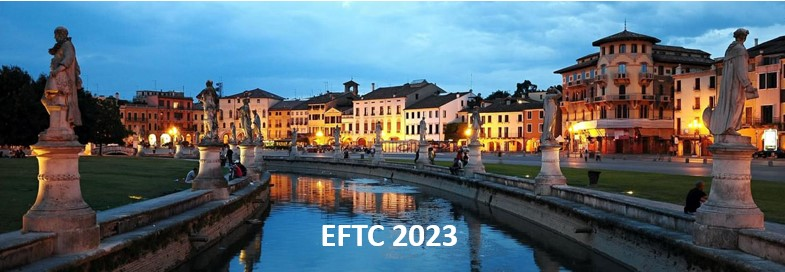Speaker
Description
Quasi-isodynamic (QI) stellarators are a uniquely attractive fusion reactor candidate due to their low neoclassical transport, excellent confinement of fusion-borne alpha particles, and vanishingly small bootstrap currents [1]. Due to the complexity of their geometries, QI stellarators must generally be designed through numerical optimization, which requires an objective metric that quantifies the degree to which a given design is QI. While once thought impossible, recent work has shown that nearly-perfectly QI geometries can be found using an appropriately-designed objective function [2]. In this work, we build upon this approach with the goal of finding QI geometries with reduced turbulence, improved MHD stability, and lower surface area-to-volume ratios. The configurations presented here were designed as potential candidates for future stellarator experiments and reactors, although work on this project is still preliminary. We find that, while these added objectives invariably worsen the QI quality of the results, excellent QI quality is still achievable, even when all other criteria are satisfied to the same (or greater) extent as other reactor-relevant designs [3] and Wendelstein 7-X.
This work has been carried out with in the framework of the EUROfusion Consortium, funded by the European Union via the Euratom Research and Training Programme (Grant Agreement No. 101052200 - EUROfusion).
References:
[1] P. Helander and J. Nuhrenberg, Plasma Physics and Controlled Fusion 51(5) 055004, (2009)
[2] A. G. Goodman, et al., arXiv:2211.09829
[3] E. Sanchez et al., arXiv:2212.01143
